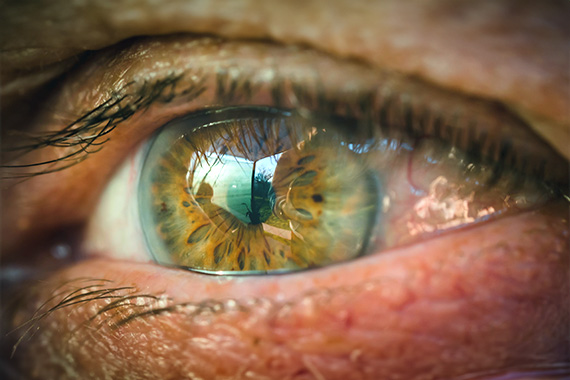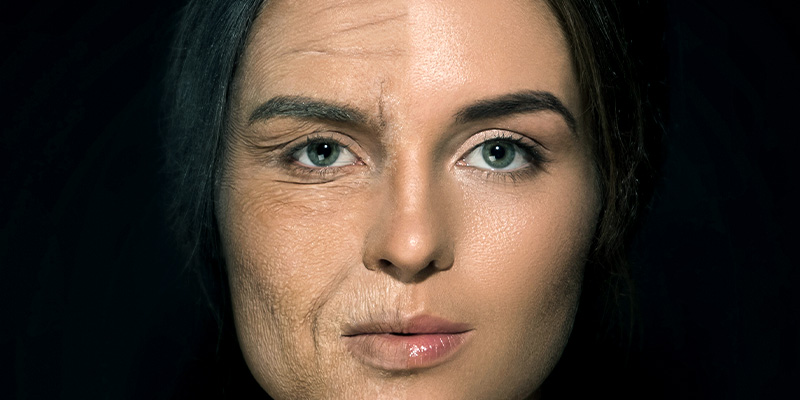Retinal diseases encompass a wide range of conditions that primarily affect the retina, a delicate tissue layer located at the back of the eye. The retina is essential for vision, as it contains millions of light-sensitive cells known as rods and cones, alongside other nerve cells that process and transmit visual information to the brain via the optic nerve. When retinal diseases occur, they can lead to significant visual impairment and, in severe cases, blindness if left untreated. This guide delves into the various types of retinal diseases, their symptoms, risk factors, and available treatment options.

The retina is a thin layer of tissue that lines the inside of the eye and plays a critical role in visual perception. It consists of two types of photoreceptor cells:

These cells are responsible for vision in low-light conditions.

These cells enable colour vision and are most effective in bright light.
These photoreceptors convert light into electrical signals, which are then processed by the retinal nerve cells and sent to the brain via the optic nerve. The brain interprets these signals as visual images, enabling us to see.
Retinal detachment is a critical condition where the retina separates from the underlying supportive tissue layers. This detachment usually happens when fluid passes through a retinal tear, lifting the retina away from the back of the eye. Retinal detachment requires immediate medical intervention to prevent permanent vision loss.
Diabetic retinopathy is a complication of diabetes that affects the retinal blood vessels. The condition can be categorized into two stages
Retinitis pigmentosa is an inherited degenerative disease that gradually affects the retina, leading to the loss of night vision and peripheral vision. The condition is progressive, with symptoms often starting in childhood or adolescence and worsening over time.
Central Retinal Vein Occlusion (CRVO) occurs when the main vein responsible for draining blood from the retina becomes blocked. This leads to symptoms such as sudden vision loss or blurry vision in one eye. CRVO is a common retinal vascular disorder, particularly in older adults, and can lead to significant visual impairment if not managed promptly
Although retinal diseases can vary widely, they often share common symptoms. These include:
Seeing small specks or cobweb-like structures drifting in your field of vision.
Sudden brief flashes, often described as lightning streaks, especially in peripheral vision.
Straight lines may appear wavy, or there may be a noticeable blurring of vision.
Loss of peripheral vision, creating a tunnel-like vision effect.
Partial or complete loss of vision, which may be sudden or gradual.
Several factors can increase the risk of developing retinal diseases, including

The risk of retinal diseases increases with age.

Tobacco use can exacerbate retinal conditions.

Excess body weight is linked to a higher risk of retinal diseases, especially diabetic retinopathy.

Individuals with diabetes are at a significant risk of developing diabetic retinopathy.

Wearing UV-blocking sunglasses can protect against cataract-inducing ultraviolet radiation.

A family history of retinal diseases may predispose individuals to similar conditions.
Retinal diseases are complex and varied, but with early detection and appropriate treatment, many individuals can preserve their vision and maintain a good quality of life. Regular eye examinations and prompt attention to changes in vision are crucial in managing these conditions. By understanding the types, symptoms, and risk factors for retinal diseases, individuals can take proactive steps to protect their vision and overall eye health.
While Shree Ramkrishna Netralaya is your top choice for eye care in Mumbai, you may also consider our other reputable clinics and hospitals near you.
Address:
201 & 202 Elmer #Plot #563, Central Avenue, Corner of, 11th Rd, Chembur, 400071
Phone: 082917 14838
Timing: Mon-Sat- 10 a.m. To 8 p.m.
Address:
Near Risk Care Hospital, Near Makhamali Talao, LBS Marg, Thane, W, Mumbai, Maharashtra 400601
Phone: 02225441139
Timing: Mon-Sat- 11 a.m. To 8 p.m.